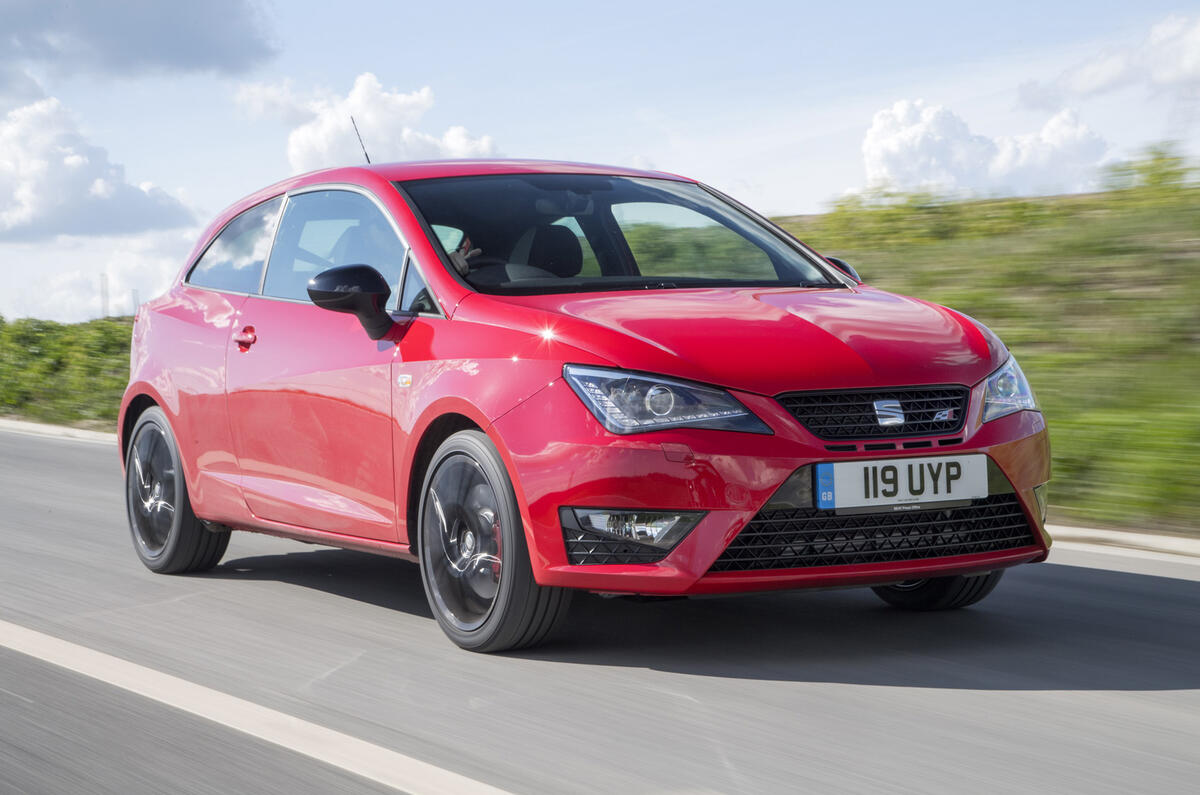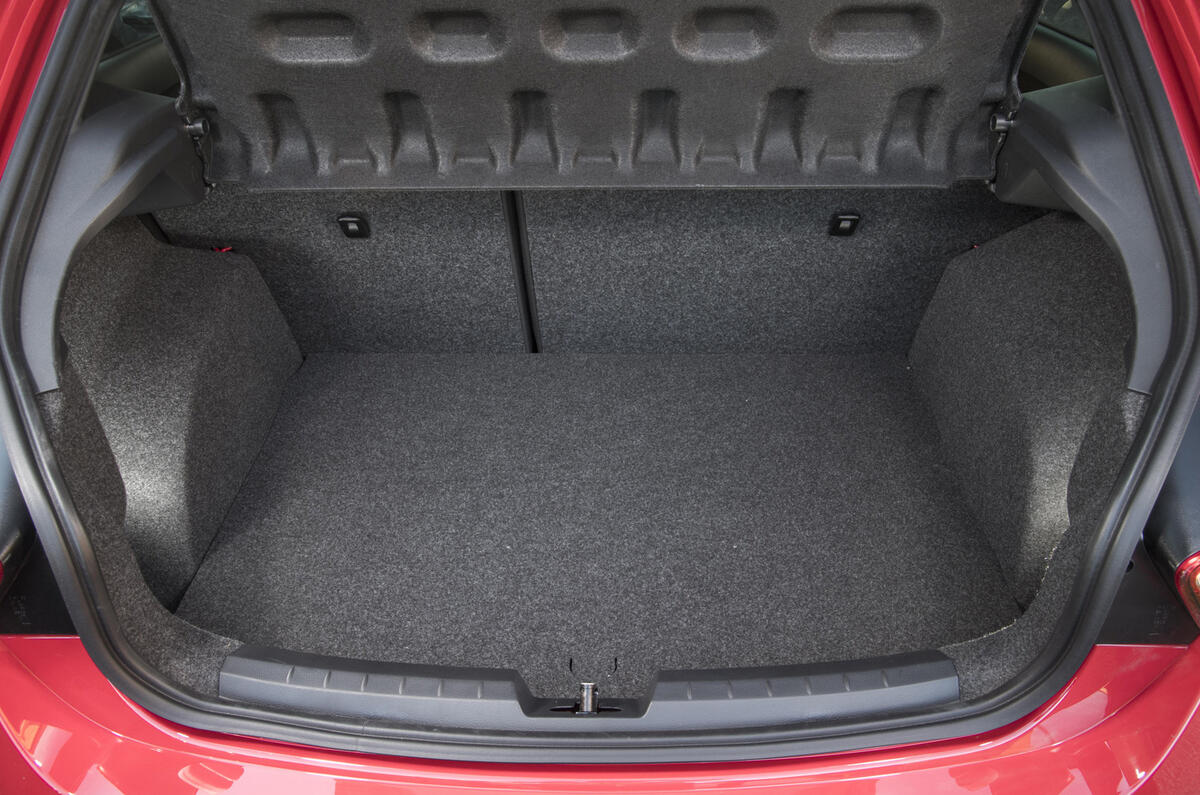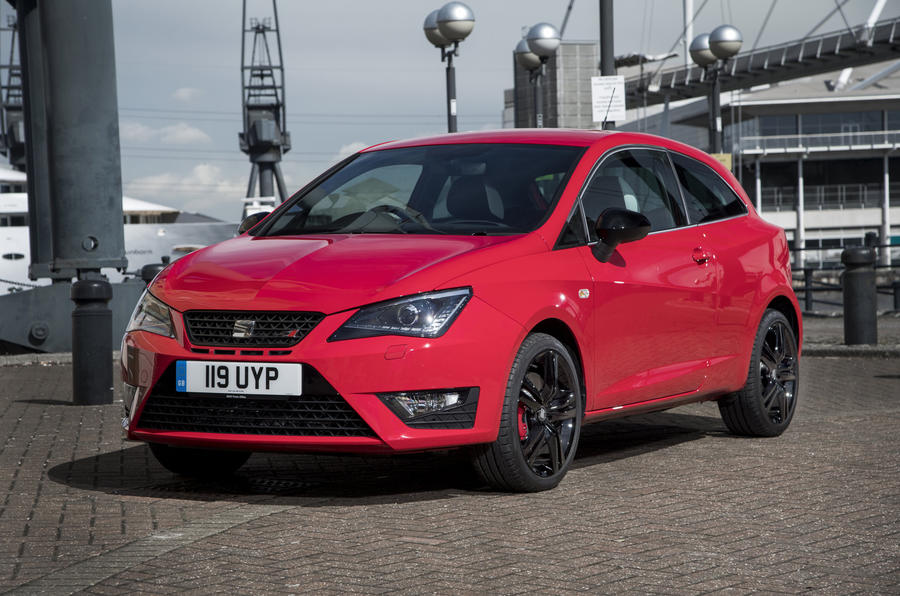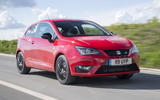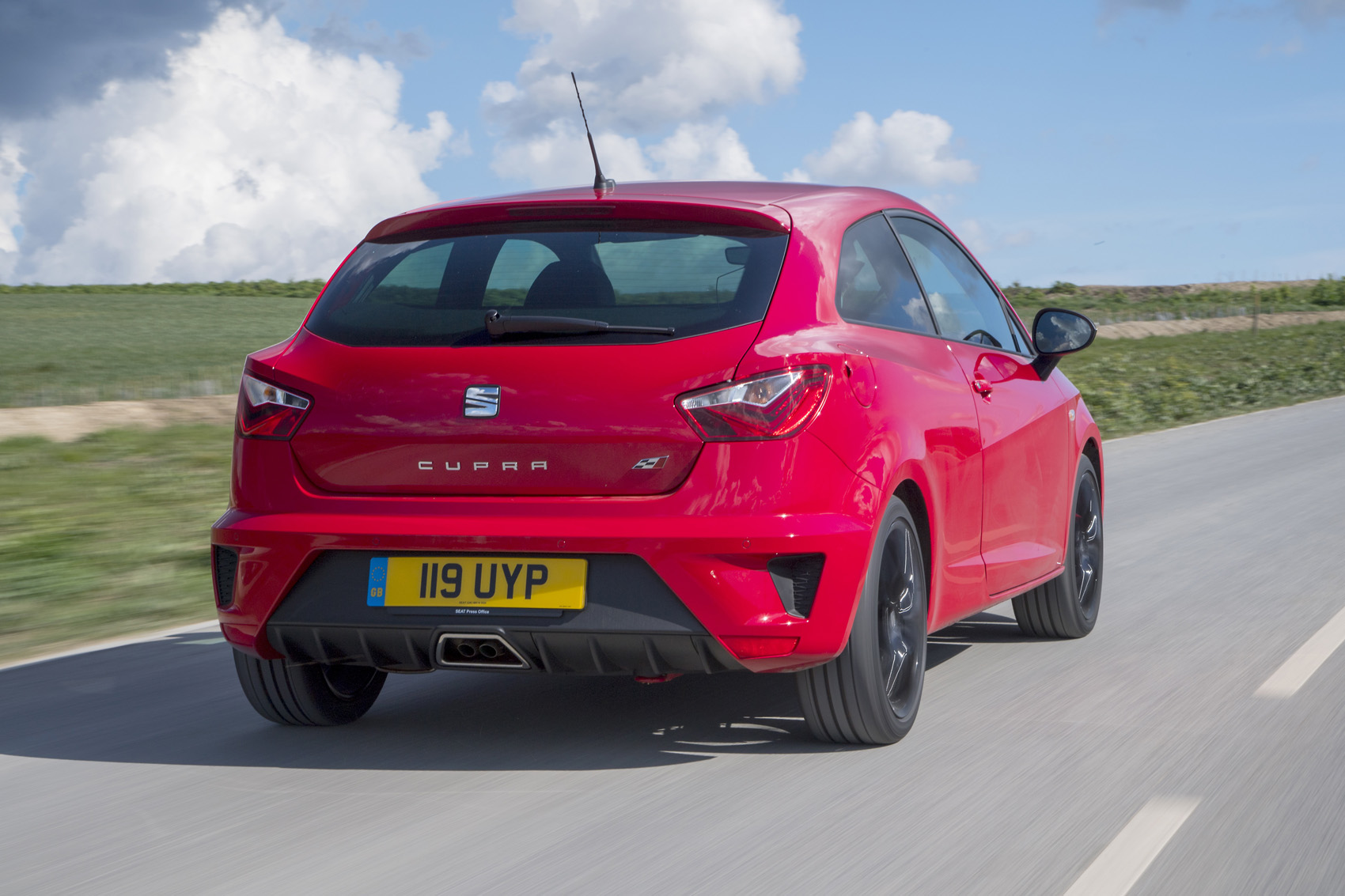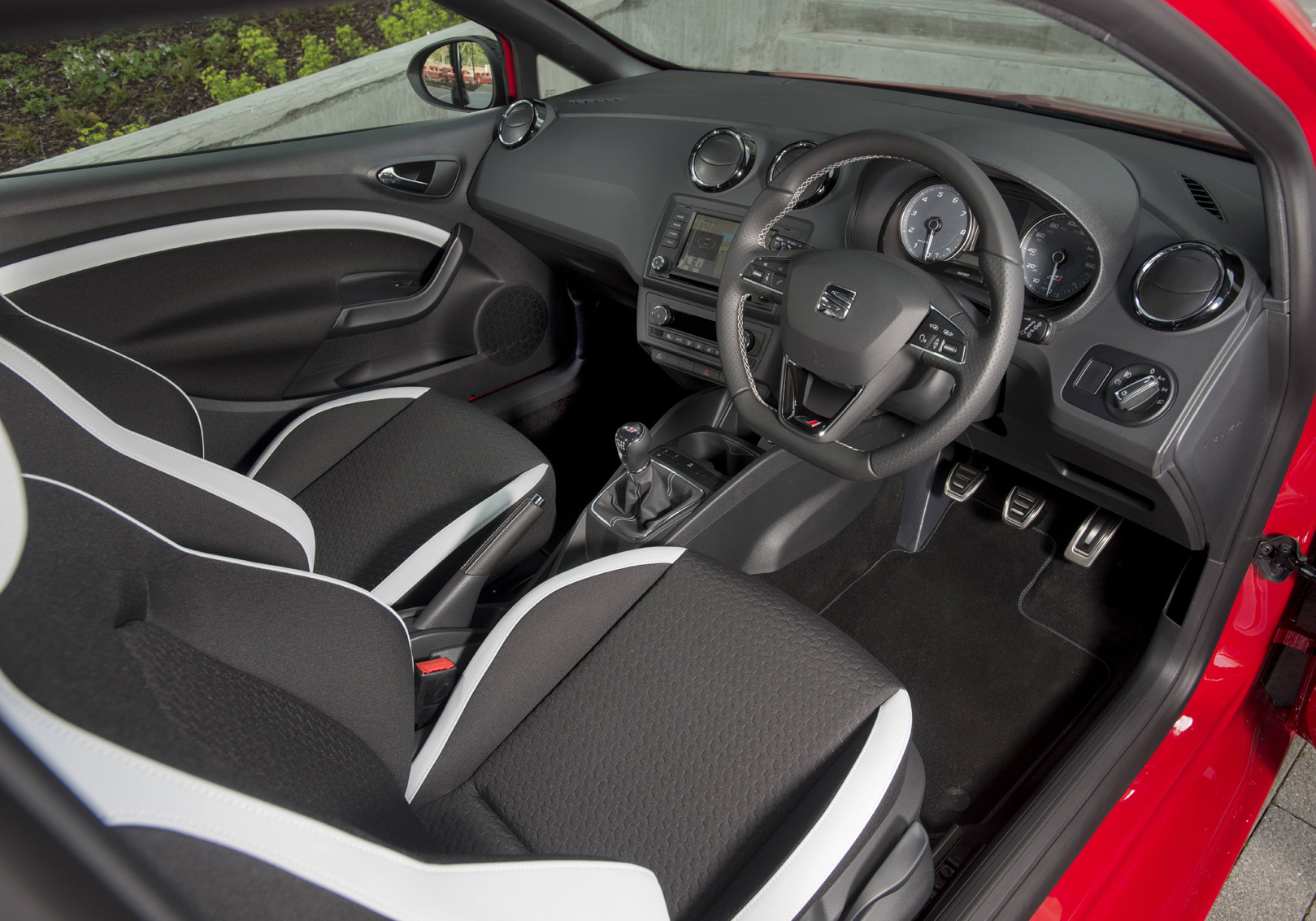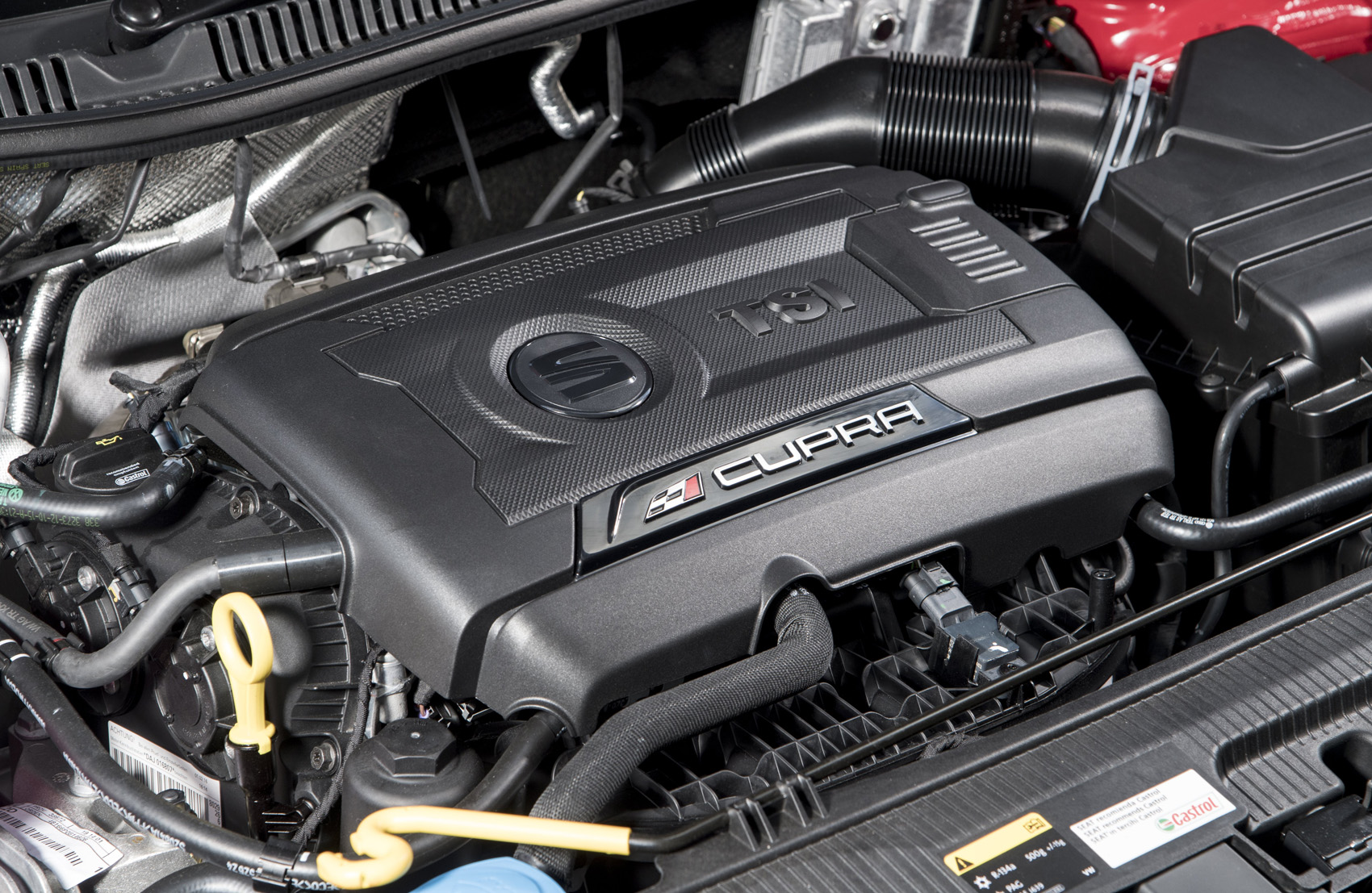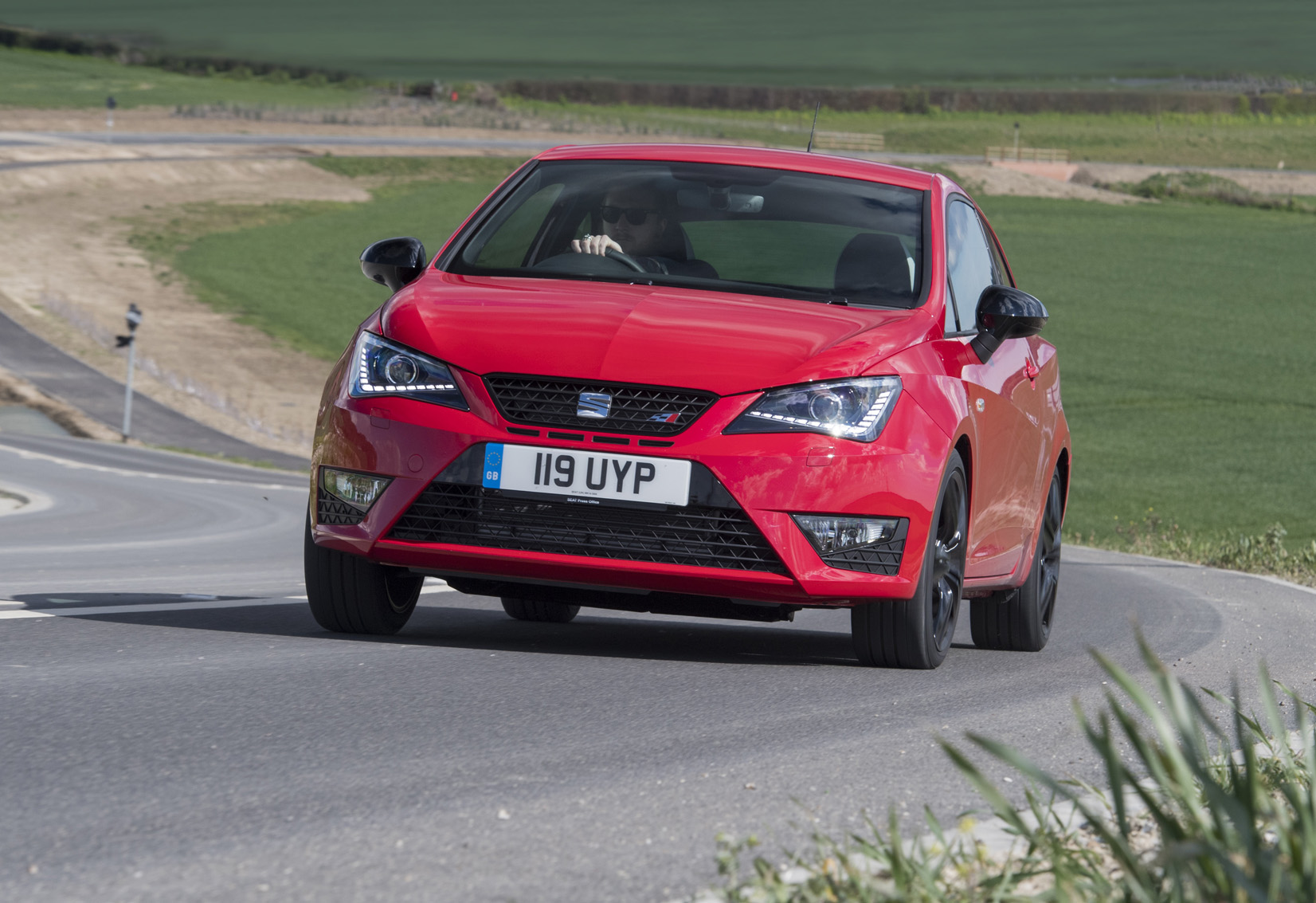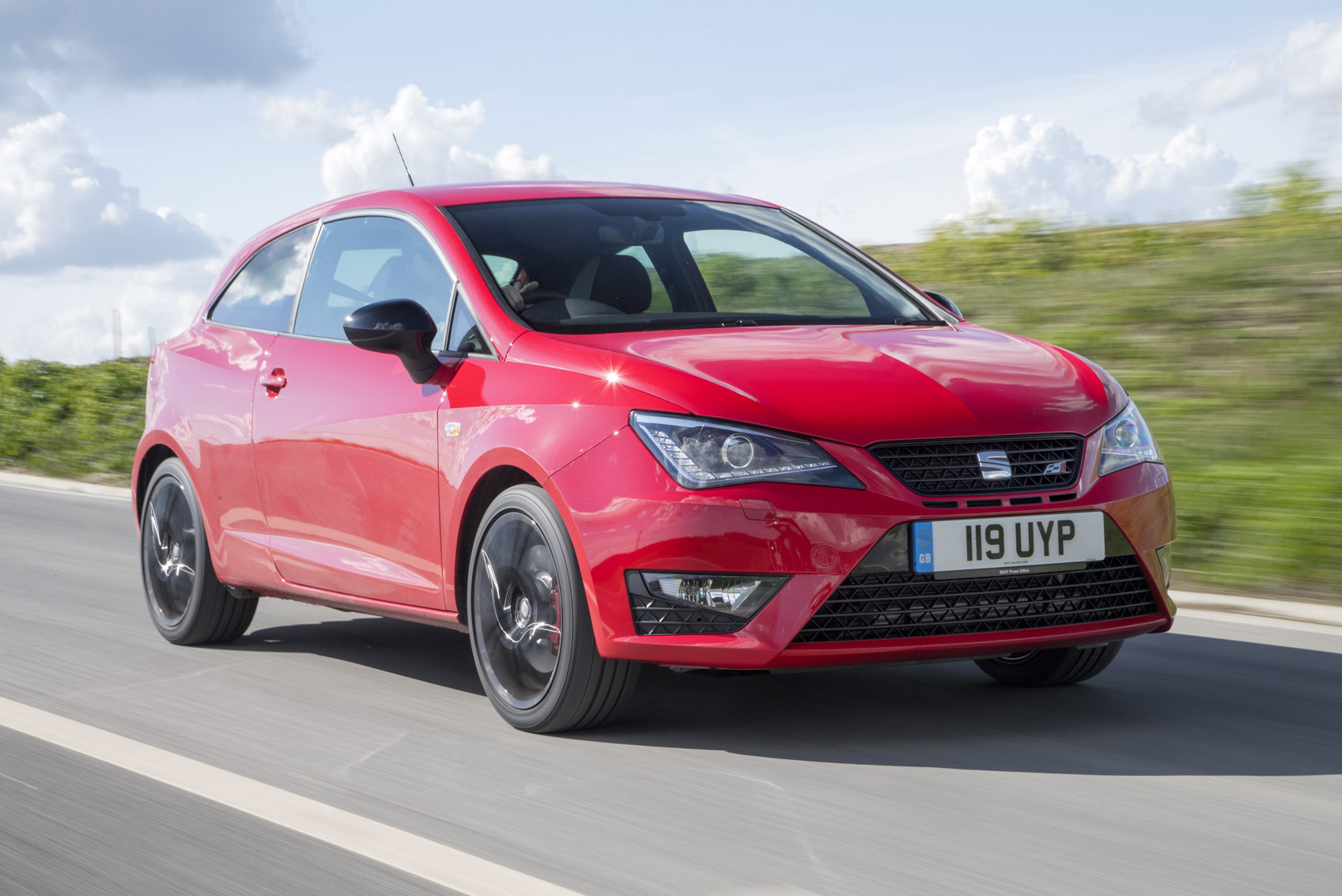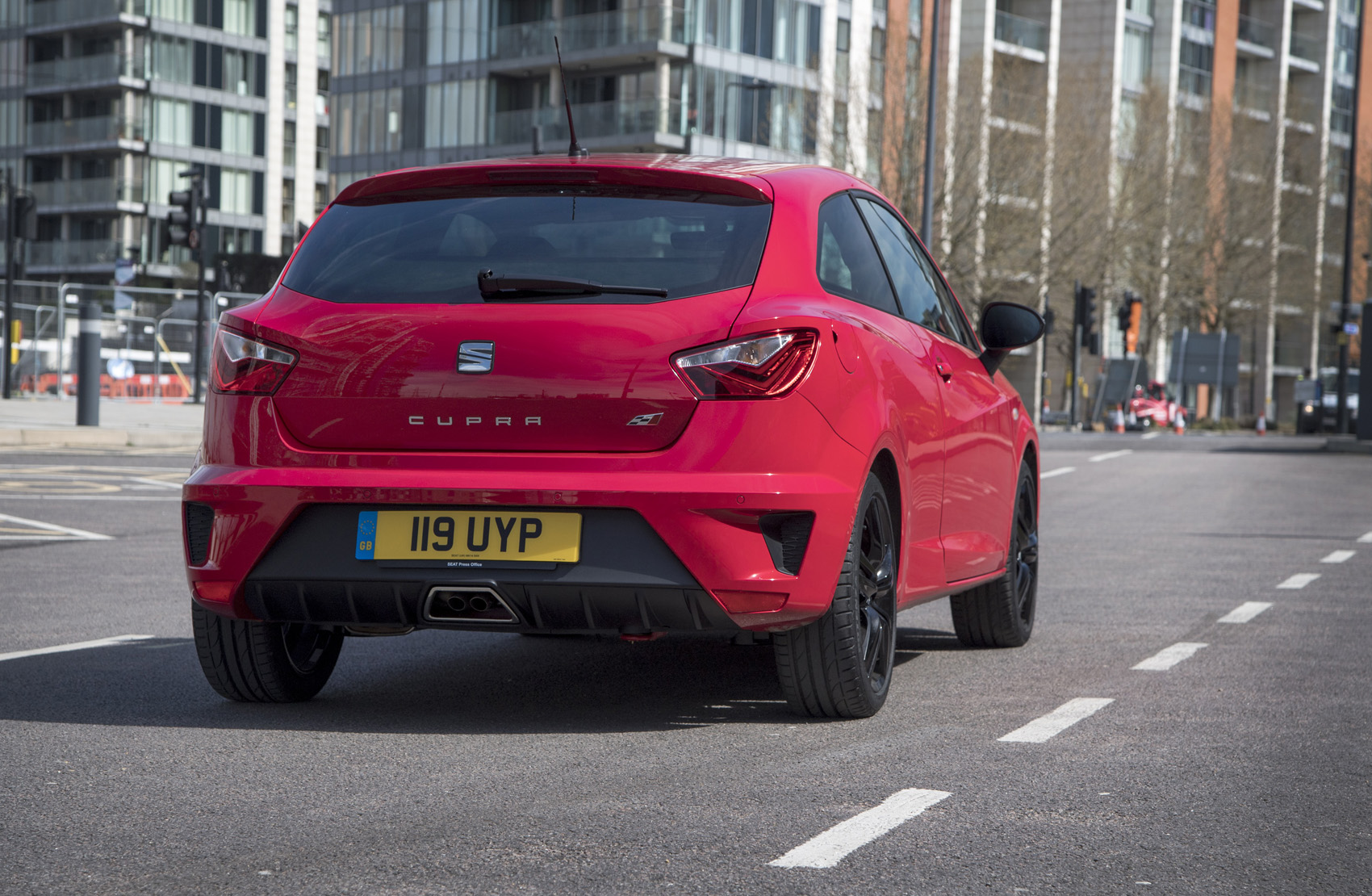Seat is a marque that trades on sporting credentials, and the hot Cupra brand is at the forefront of this strategy, selling fast Ibizas and Leons mostly on the back of the brand’s success in touring car racing.
But the Seat Ibiza Cupra is intended to offer more than just performance and value, showcasing a level of advanced technology that has not been seen in the value-conscious supermini segment before.
At 188bhp, it takes the power output of the Volkswagen Group’s turbocharged 1.8-litre TSI engine to new levels, and a standard six-speed manual gearbox, adds to the list of supermini firsts that makes the Cupra the greenest hot hatch in its class.
But technical novelties and sharp (if polarising) looks are not enough for the Cupra. It must also live up to the benchmark handling abilities of rivals such as the Renaultsport Clio 200 and the Mini Cooper S.
So can Seat’s hot supermini maintain its credibility as a performance hatch without sacrificing too much to the green revolution?




